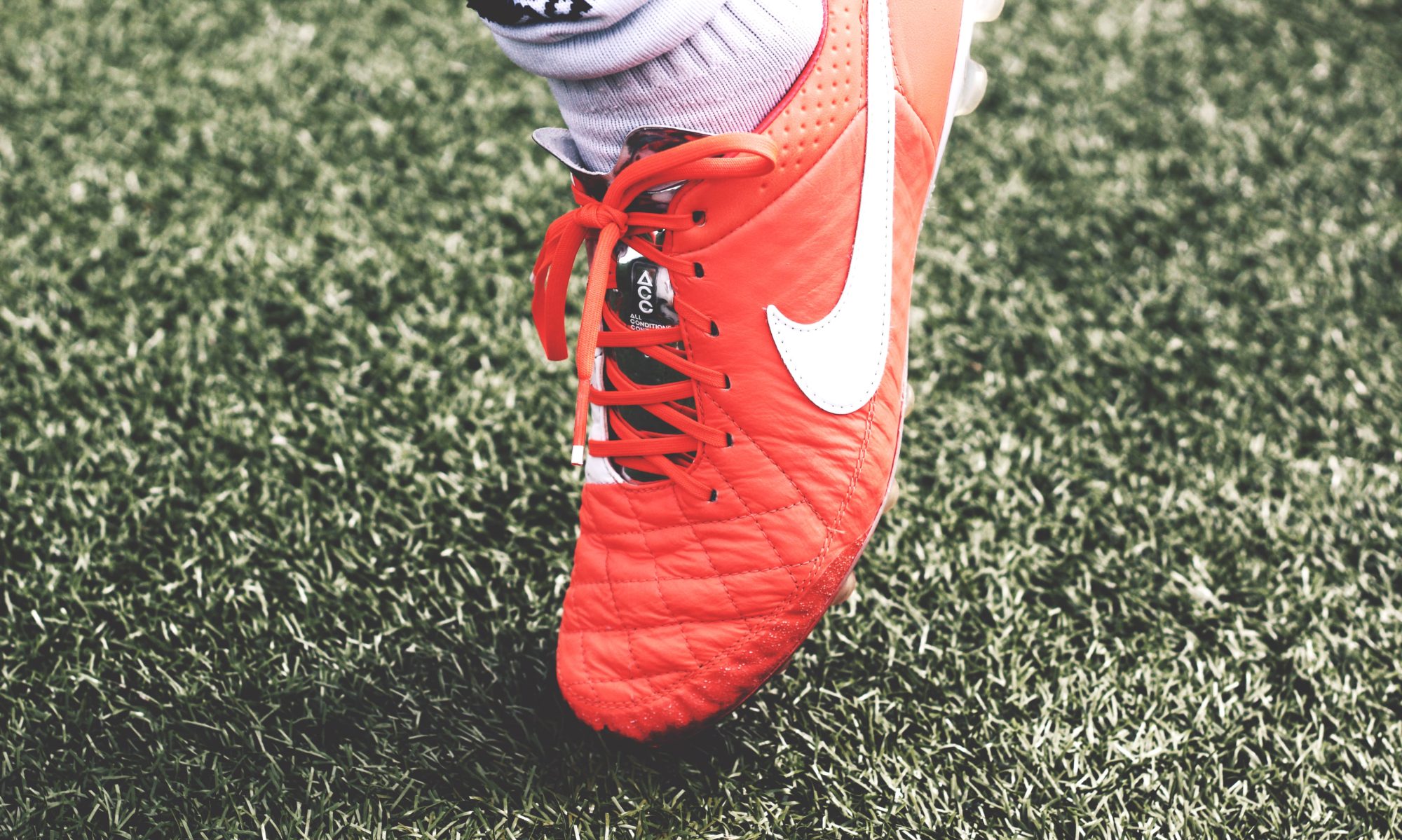What is Plantar Fasciitis?
Plantar fasciitis is a soft tissue overuse injury characterized by
- Stabbing heel pain, the first few steps in the morning
- Resolves quickly but returns after prolonged sitting and again later in the day
- Some days not as bad as others.
It is a popular Google search result and with 2.5 million Google hits per month, everyone seems to have an opinion on how to treat plantar fasciitis. One site recommends lavender essential oils as the first home remedy treatment while another site lists orthotics as a recommended home treatment.
Opinions aside, I don’t know any patients that can make orthotics at home! My professional opinion is to check all sources because not all treatments are equal! It is always best to obtain professional opinions from someone licensed to actually give professional opinions – a chiropodist.
Differential Diagnosis of Plantar Fasciitis
- Plantar fascia rupture
- Bursitis
- Heel contusion
- Tendonitis
- Neuritis
- Stress fracture
- Nerve entrapment
- Arthrisis
- Gout
- Fibro myalgia

When Should I Seek Treatment for Plantar Fasciitis?
- Before you spend any money on things you read about on the internet
- Pain is not improving with rest and ice after 2 weeks
- You can’t rule out any differential diagnoses by yourself
What Should I Do if I Suspect Plantar Fasciitis?
- Cut back on any new activity
- Start living in a new structured running/sport shoe, (memory foam, soft, flexible shoes are a major contributor to plantar fasciitis
- Ice heel 10-15 minutes (no more) as often as you can. Ice is one of the best anti-inflammatory agents and it’s free!
- Minimize walking and weight bearing, gradually resume you activity level as heel shows improvement
Podiatric Treatment Objectives of Plantar Fasciitis
- Manage pain
- Analgesics, reduce inflammation, rest
- Reduce inflammation
- Ice, rest, cortisone injection, NSAIDs, shockwave therapy
- Short term therapy to minimize down time
- Taping, shoe modification, footwear advice, modify activity, aircast, orthotics
- Determine contributing factors and provide treatment to prevent recurrence
- Abnormal biomechanics, occupational factors, ergonomics, sport technique, equipment alignment, footwear, orthotics
NO PAIN, NO GAIN = INJURY
Click these links to learn more about my specialties: Bunions, Flat Feet, Ingrown Toenails, Morton’s Neuroma, Patellofemoral Pain Syndrome, Custom Made Orthotics, Diabetic Chiropody.
